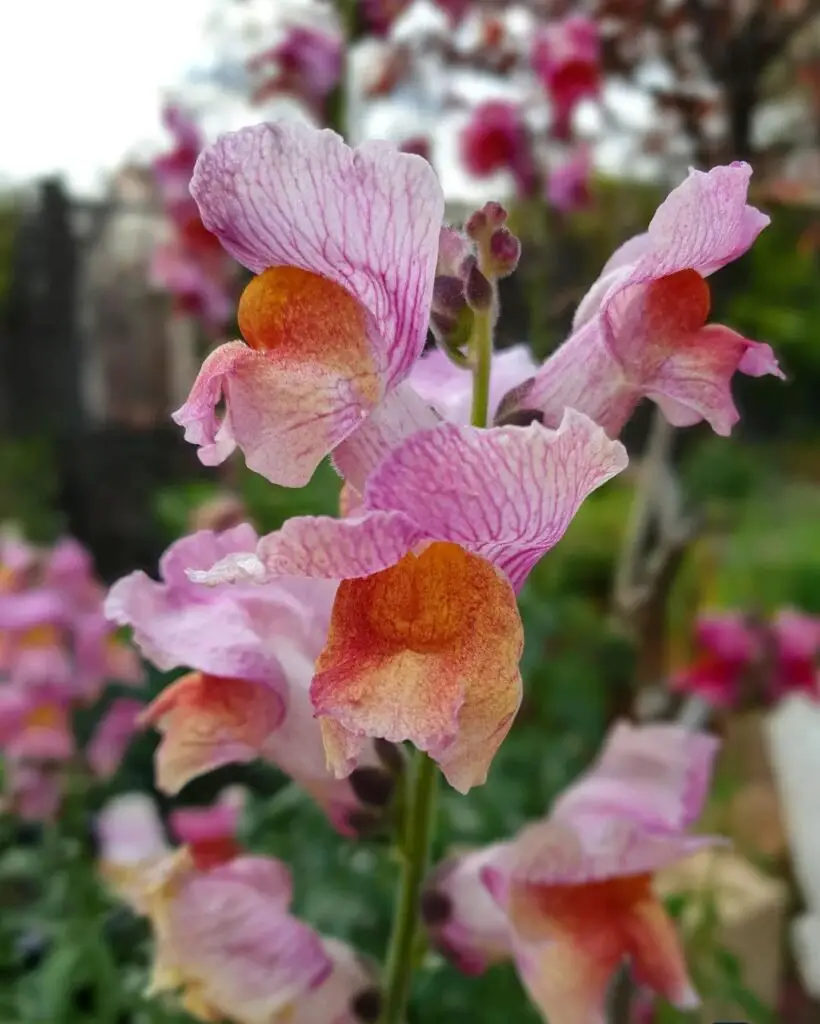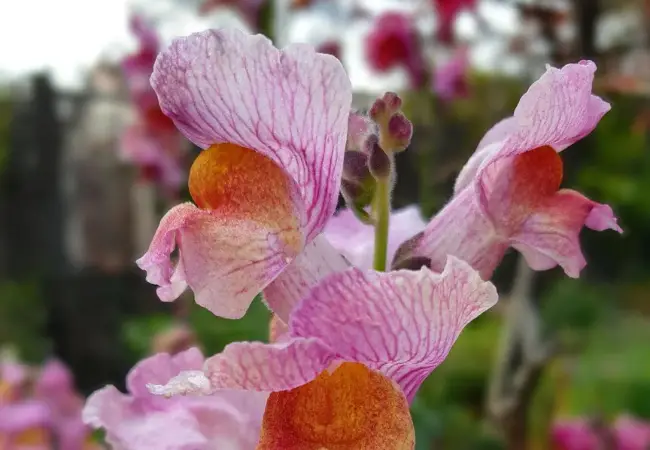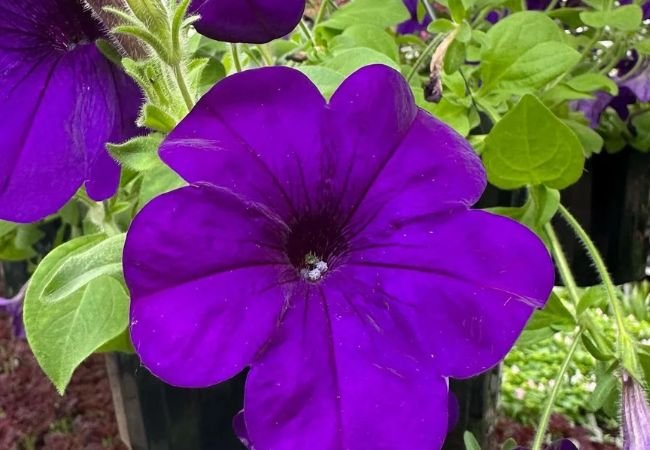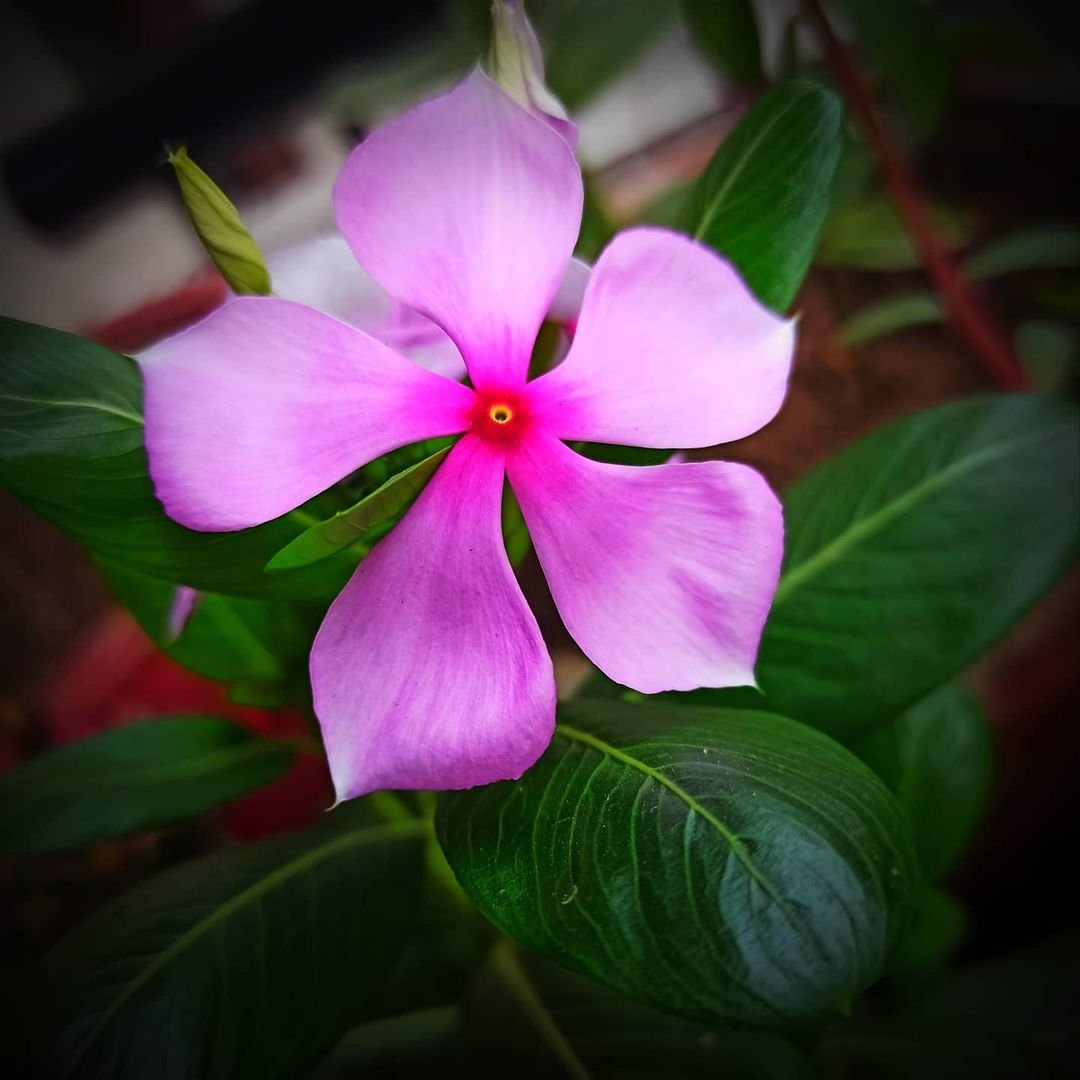Discover the charm of Snapdragon Flowers. Learn about their varieties, growing tips and uses in gardens and bouquets. Perfect for gardeners looking to add colorful, long-blooming plants to their landscape.
Snapdragon flowers, known scientifically as Antirrhinum, are beloved garden plants that bring vibrant colors and unique shapes to any landscape. These cheerful blooms get their name from their resemblance to a dragon’s mouth that “snaps” open and closed. In this article, we’ll explore the world of Snapdragons and learn how to grow these delightful flowers.
Here’s a concise information chart for Snapdragons:
| Category | Information |
|---|---|
| Botanical Name | Antirrhinum majus |
| Common Name | Snapdragon |
| Plant Type | Annual or perennial herbaceous plant |
| Hardiness Zone | Typically zones 7-10 for perennial varieties; grown as annuals in colder zones |
| Sun Exposure | Full sun to part shade |
| Soil Type | Well-draining, fertile |
| Watering | Regular |
| Growth Habit | Upright, bushy |
| Height/Spread | 6 inches to 3 feet tall, spreads about 6-18 inches |
| Special Features | Spikes of colorful, tubular flowers, blooms from late spring to fall, attracts pollinators |
What Are Snapdragon Flowers?

Snapdragons belong to the Plantaginaceae family. They are short-lived perennials often grown as annuals, known for their bright colors and distinctive flower shape. Snapdragons come in a wide range of colors, including pink, red, yellow orange, white and purple.
Types of Snapdragons
Snapdragons come in various sizes and types:
- Tall Snapdragons: Growing up to 3 feet tall, perfect for cut flowers
- Intermediate Snapdragons: About 1-2 feet tall, great for borders
- Dwarf Snapdragons: Under 1 foot tall, ideal for containers and edging
Growing Snapdragons
Planting
- Plant Snapdragon seeds outdoors after the last frost or start indoors 6-8 weeks before the last frost date.
- Choose a spot with well-draining soil and full sun to partial shade.
- Space plants about 6-12 inches apart, depending on the variety.
Caring for Snapdragons
- Water regularly, keeping the soil consistently moist but not waterlogged.
- Feed with a balanced, water-soluble fertilizer every 2-3 weeks during the growing season.
- Pinch back young plants to encourage bushier growth and more blooms.
For more detailed growing information, visit the Cooperative Extension System website and search for your local extension office.
Pests and Diseases
Snapdragons can face some issues:
- Aphids: These small insects can damage leaves and stems. Use insecticidal soap or neem oil to control them.
- Rust: This fungal disease can cause orange spots on leaves. Ensure good air circulation and avoid overhead watering.
Uses of Snapdragons in the Garden
Flower Beds and Borders
Snapdragons are versatile in garden design:
- Use tall varieties as backdrops in flower beds
- Plant intermediate types in mixed borders
- Edge gardens with dwarf varieties for a colorful border
Container Gardening
Snapdragons work well in containers:
- Grow dwarf varieties in window boxes or small pots
- Mix with other annuals in larger containers for a colorful display
- Use in hanging baskets for a cascading effect
For container gardening tips, check out the USDA Container Gardening resource.
Cut Flowers
Snapdragons make excellent cut flowers:
- Choose tall varieties for the best cutting stems
- Cut when one-third to one-half of the flowers on the spike are open
- Remove leaves below the water line to prevent bacterial growth
For flower arranging tips, visit the University of Illinois Extension website.
Fun Facts About Snapdragons
- Snapdragons get their name from the way the flowers resemble a dragon’s mouth that opens and closes when squeezed.
- In the language of flowers, Snapdragons can symbolize graciousness or deception.
- Snapdragons are pollinated by bumblebees, which are strong enough to push open the flower’s “mouth.”
For more interesting plant facts, visit the Smithsonian Gardens website.
Snapdragons for Pollinators
Snapdragons are beneficial for garden ecosystems:
- They attract bees and other pollinators
- Some varieties are favored by hummingbirds
- They can be part of a butterfly garden
Snapdragon flowers, with their vibrant colors and unique shapes, are a delightful addition to any garden. Whether you’re planting them in beds, containers or growing them for cut flowers, these charming blooms are sure to bring joy throughout the growing season.
From their dragon-like flowers to their long blooming period, Snapdragons offer something special for every gardener. With proper care and attention, you can enjoy these colorful, whimsical flowers from spring through fall. Happy gardening with Snapdragons!
For more gardening tips and plant care guides, visit usagardenhub.com.






